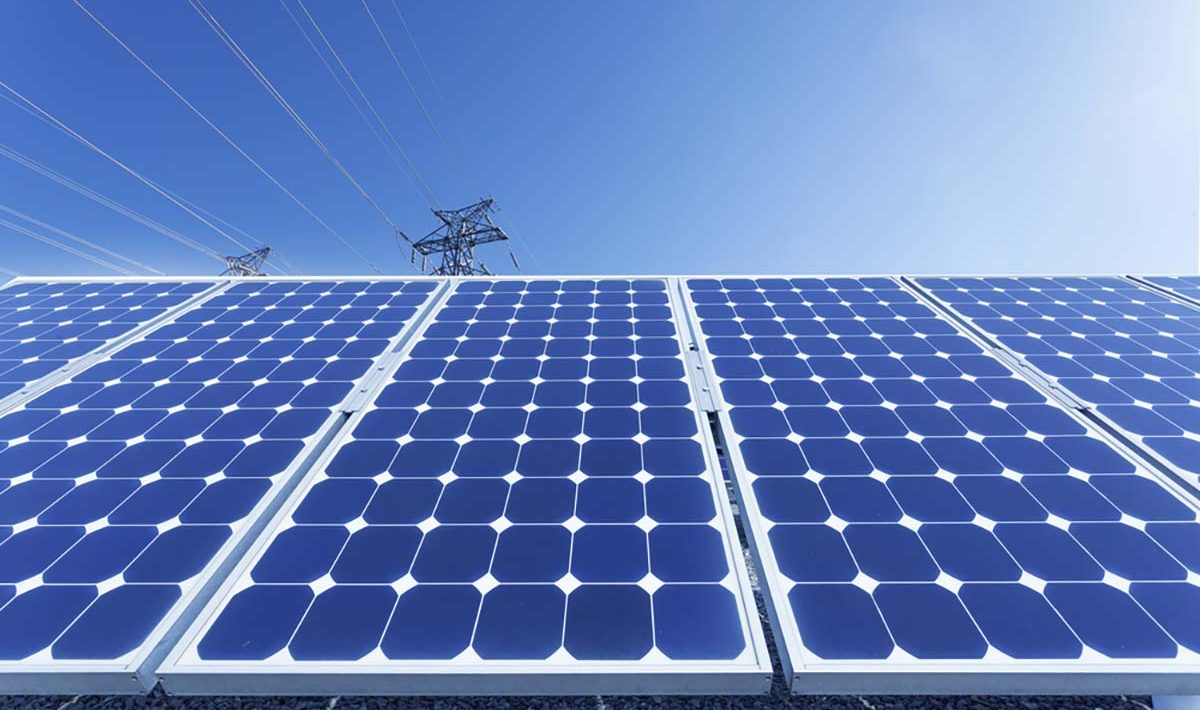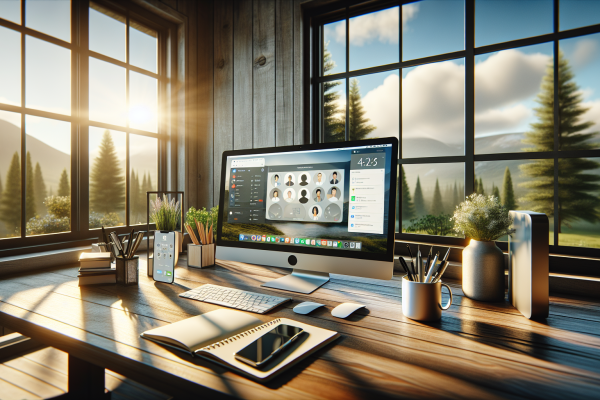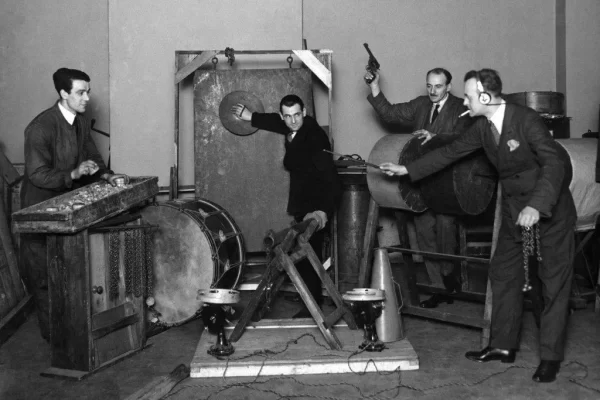Are you looking to maximize the performance of your solar system and ensure optimal energy production? Solar Operations and Maintenance (O&M) is the key to achieving this goal. By implementing a comprehensive O&M program, you can effectively monitor, clean, inspect, and maintain your solar system to minimize downtime and maximize efficiency.
Monitoring solar performance is crucial in identifying any potential issues and ensuring that your system is operating at its peak performance. Regular cleaning and inspections are essential to keep your solar panels free from dirt, debris, and other factors that can reduce their efficiency.
Preventive maintenance measures, such as checking electrical connections and conducting regular system checks, can help identify and address any potential problems before they escalate. In the event of any troubleshooting or repairs, timely action is essential to minimize system downtime and ensure uninterrupted energy production.
By implementing these O&M practices, you can maximize the efficiency of your solar system and ensure optimal performance. So, if you want to get the most out of your solar investment, it’s time to prioritize solar O&M.
Table of Contents
Importance of Solar O&M
The importance of solar O&M lies in its ability to guarantee the maximum efficiency and longevity of solar systems, ensuring a sustainable and reliable source of clean energy for generations to come. Solar operations and maintenance play a crucial role in maintaining the optimal performance of solar systems. By regularly monitoring and maintaining the equipment, solar O&M ensures that the panels are clean, free from debris, and operating at their highest capacity. This not only maximizes the energy output but also enhances the cost effectiveness of solar systems by minimizing downtime and maximizing energy production. Additionally, solar O&M ensures compliance with industry standards, which are essential for the safe and efficient operation of solar systems. By following these standards, solar O&M professionals can identify potential issues before they become major problems, saving both time and money in the long run.
Monitoring Solar Performance
Maximize the efficiency of your solar setup by actively monitoring how it performs. Remote monitoring and performance analytics play a crucial role in ensuring optimal performance of solar systems. By implementing a remote monitoring system, you can keep a close eye on the performance of your solar panels and identify any issues or inefficiencies in real-time. This allows for prompt troubleshooting and maintenance, reducing downtime and maximizing energy production. Performance analytics provide detailed insights into the overall performance of your solar system, including energy generation, efficiency, and any potential areas for improvement. By analyzing this data, you can make informed decisions and optimize the performance of your solar setup. So, make sure to prioritize remote monitoring and performance analytics to ensure the long-term success of your solar investment.
Regular Cleaning and Inspections
To keep your solar setup running smoothly, it’s important to regularly clean and inspect it. Cleaning frequency is crucial to ensure optimal performance of your solar system. Dust, dirt, and debris can accumulate on the panels, reducing their efficiency. It is recommended to clean the solar panels at least twice a year, or more frequently if you live in an area with high levels of pollution or dust. When cleaning, use a soft brush or sponge with a mild detergent and water. Avoid using abrasive materials or harsh chemicals, as they can damage the panels. Additionally, regular inspections should be conducted to identify any potential issues that might affect the performance of your solar system. An inspection checklist should include checking for loose connections, damaged wiring, and any signs of wear and tear. By regularly cleaning and inspecting your solar system, you can ensure its optimal performance and prolong its lifespan.
Preventive Maintenance Measures
Make sure you take proactive steps to keep your solar setup running smoothly by implementing preventive maintenance measures. Preventing degradation is crucial in ensuring optimal performance of your solar systems. Regularly inspecting and cleaning your panels is just the beginning. To further safeguard against potential issues, consider implementing predictive maintenance techniques. This involves utilizing advanced monitoring systems to detect any anomalies or performance deviations in real-time. By continuously monitoring the performance data of your solar system, you can identify and address any issues before they become major problems. Additionally, conducting regular checks on the wiring, connections, and inverters will help prevent any potential failures or malfunctions. Remember, proactive preventive maintenance is key to maximizing the longevity and efficiency of your solar setup.
Troubleshooting and Repairs
When troubleshooting and making repairs, you should consider consulting a professional to ensure the effective functioning and longevity of your solar setup. Troubleshooting techniques play a crucial role in identifying and resolving issues that may arise in your solar system. One common problem is the degradation of solar panels due to environmental factors such as dust, debris, or shading. Regular cleaning and maintenance can help mitigate these issues. Additionally, faulty wiring or connections can cause a drop in system performance. Inspecting and repairing these electrical components is essential for optimal solar system operation. Inverter malfunctions are another common repair requirement. Professionals can diagnose and fix these issues to ensure the smooth functioning of your solar system. Remember, timely troubleshooting and repairs are key to maintaining the efficiency and reliability of your solar setup.
Maximizing Efficiency and Minimizing Downtime
Ensure that you take regular proactive steps to keep your solar setup running smoothly and minimize any potential downtime. One effective way to achieve this is through remote monitoring of your solar system. By utilizing advanced technology, you can continuously monitor the performance of your solar panels, inverters, and other components from a centralized location. This allows for early detection of any issues or anomalies, enabling you to address them before they result in system failure or reduced efficiency. Additionally, incorporating predictive maintenance techniques can further optimize the performance of your solar system. By analyzing historical data and trends, you can anticipate potential failures or maintenance needs and schedule proactive repairs or replacements. This approach not only maximizes efficiency but also reduces downtime, ensuring that your solar system operates at its peak performance for longer periods.
Conclusion
To ensure optimal performance of solar systems, it is crucial to implement effective solar operations and maintenance (O&M) practices. By continuously monitoring solar performance, regularly cleaning and inspecting the system, and undertaking preventive maintenance measures, you can maximize efficiency and minimize downtime. Additionally, troubleshooting and carrying out necessary repairs in a timely manner is essential to keep the system running smoothly. By prioritizing O&M, you can enhance the overall performance of your solar system and reap the maximum benefits of clean and renewable energy.





